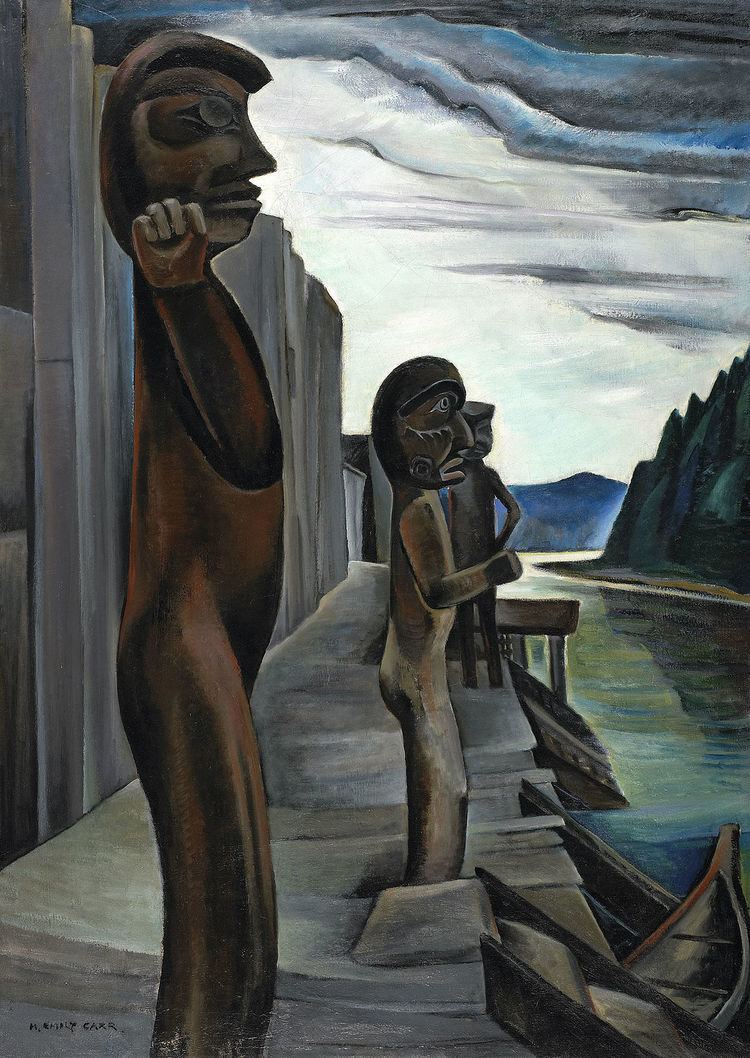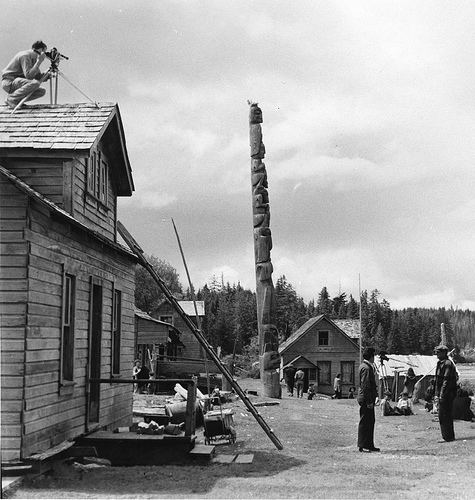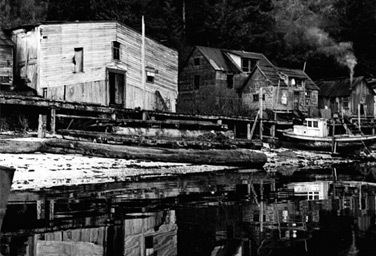 | ||
Blunden harbour preview
Blunden Harbour is a small harbour and native Indian reserve in the Canadian province of British Columbia. It is located the mainland side of Queen Charlotte Strait – about 25 kilometres (16 mi) northeast of Port Hardy.
Contents

Nice breeze near blunden harbour
History

Blunden Harbour was the location of a Kwakwaka'wakw village whose residents referred to themselves as the 'Nak'waxda'xw, known historically as the Nakoaktok. In 1964, the community was forced to relocate to Port Hardy after the Canadian Department of Indian and Northern Affairs threatened to cut off support for housing, education, and services if they remained in their isolated location. The village was burnt to the ground before the community had left in boats. This was to ensure they would not return.
Other Names

The Kwak'wala name for this location is alternatively written as Ba'as, Ba'a's, Paas, or Pahas. The official name of the Indian reserve is Pahas Indian Reserve 3.

The location was named Blunden Harbour in 1863 by Daniel Pender, R.N., Captain of H.M. hired surveying vessel Beaver, after his 2nd Master Edward Raynor Blunden. Blunden Island, Blunden Rock and Blunden Passage are also named for Blunden.

In the first two decades of the 20th century, the area was promoted to European settlers under the name of Port Progress. Settlement was short-lived and the name is not an official place name of Canada, though it still appears as a place name in several online databases including Google Earth.
Art and Film
Blunden Harbour was home to a famous school of Kwakwaka'wakw artists. The most notable being Willie Seaweed.
Blunden Harbour is the title of an Emily Carr painting based on a 1901 photograph taken by Dr Charles F. Newcombe of the village. The painting was made between 1927 and 1932 and is currently on display in the National Gallery of Canada.
Blunden Harbour is also the title of 22 minute anthropological film by made by Robert Gardner in 1951. In it, Gardiner inaccurately describes the location of Blunden Harbour as being "a small village on the coast of Vancouver Island...".
